|
Podcast merch!
Listen and subscribe: RSS FEED ITUNES Soundcloud Stitcher Spotify If the episodes below don't load, turn off your ad blocker. |
|
This episode contains expanded musings on VO2max and FTP training and progression, based on the years of feedback since the VO2max series debuted. We talk about whether or not you need to work in blocks, ways to determine the effects, interval durations, whether to start hard or not, recovery timelines, and more. We also answer your listener questions on time in zone, breathing, periodization, high cadence, testing, and more.
0 Comments
This episode investigates the scientific relationship between size and power (allometry), both vo2max and maximal strength and power, and what it can teach us about sound training methods. How do w/kg and w/CdA scale? Why can't gaining muscle add aerobic power? Why can FTP seem to drop when dieting? Why do we rebound from crash diets? Why do most Tour de France winners seem to fit a certain size and weight? We answer all these questions and more, plus your listener questions.
Show Notes Allometry paper
Andy Coggan joins the podcast again to discuss everything we didn't get to in the previous episode. We get back stories behind the adaptations by training zones chart and the category and w/kg chart. We also go in depth with nitrate supplementation, vo2max training. if burning fat makes you burn more fat, if signaling studies translate to performance, and the nature of adaptation itself. There are plenty of pithy proverbs along the way.
We answer your questions from the last episode on VO2max training, and, also at listener request, we look at some of last episode's Rønnestad material that got cut out.
VO2max questions include: Aspects of position like standing and TT bikes. Transfer of heart adaptations to normal cadence riding. The right cadence, pacing, and terrain for intervals, rest intervals. How Kolie would structure VO2max training for thousands of cyclists at a time. What 30/15s (and other intermittent intervals) do better than raise VO2max. Periodizing VO2max through a season. What does it take to make your training adaptations your "new normal"? Show Note No show notes. Thanks for listening!
This episode is the focal point of the previous VO2max episodes. We take the physiology from the previous episodes and use it to find easy ways to improve the effectiveness of any VO2max interval set. Ways to change your cadence, interval times, rest times, and interval intensities are discussed. Then we take apart a Ronnestad study on 30/15s and put it in context of VO2max and other fitness adaptations. We conclude with a training philosophy discussion on the physiology of true long term VO2max improvements.
Show Notes Haematological rather than skeletal muscle adaptations contribute to the increase in peak oxygen uptake induced by moderate endurance training https://pubmed.ncbi.nlm.nih.gov/26282186/ Cycling cadence alters exercise hemodynamics https://pubmed.ncbi.nlm.nih.gov/8775571/ Superior performance improvements in elite cyclists following short-interval vs effort-matched long-interval training https://pubmed.ncbi.nlm.nih.gov/31977120/
In the penultimate episode of the VO2max series, we dive deep into how the heart pumps and adapts, how this stress leads to increased VO2max, and why cyclists may not want to take training cues from cross-country skiing.
Show Notes Effects of detraining on cardiovascular responses to exercise: role of blood volume https://journals.physiology.org/doi/pdf/10.1152/jappl.1986.60.1.95 Endurance athletes' stroke volume does not plateau: major advantage is diastolic function https://pubmed.ncbi.nlm.nih.gov/7808245/ Acute and Chronic Response to Exercise in Athletes: The “Supernormal Heart” https://pubmed.ncbi.nlm.nih.gov/29022255/
This episode explores how and why hemoglobin's function emerges from its structure, which makes it a critical component in the oxygen distribution chain. We also discuss the lungs, why VO2max isn't related to hematocrit, and vascular capacity for blood storage before diving into a classic phlebotomy study that ends with a question mark that hints at the central importance of the heart.
Show Notes Blood value correlations with vo2max, Figure 1 https://pubmed.ncbi.nlm.nih.gov/30549016/ Effects of detraining on cardiovascular responses to exercise: role of blood volume https://journals.physiology.org/doi/pdf/10.1152/jappl.1986.60.1.95
Continuing the VO2max series, we take such a close look into the Fick equation we only cover one of its terms: the arterial-venous O2 difference.
We break apart the factors that affect diffusion of oxygen into our muscles, limiters of oxygen utilization, and whether these factors are trainable to potentially improve VO2max. Show Notes Determinants of endurance in well trained cyclists https://pubmed.ncbi.nlm.nih.gov/3403447/ Hemodynamic adaptations to exercise https://pubmed.ncbi.nlm.nih.gov/3993550/ One-legged endurance training: leg blood flow and oxygen extraction during cycling exercise https://pubmed.ncbi.nlm.nih.gov/22059600/
The Fick Equation:
VO2 = Cardiac Output (A-V O2 difference) Rate of diffusion for a gas across capillary wall: Flux=[DA(C1−C2)]/T
The slow component of vo2max is often mentioned but seldom discussed. We take a deep dive into the nature of the slow component, including thermodynamics, fiber type, and the size principle.
Show Notes Cycling efficiency is related to the percentage of type I muscle fibers https://www.ncbi.nlm.nih.gov/pubmed/1501563 Muscle fiber recruitment and the slow component of O2 uptake: constant work rate vs all out sprint exercise https://www.ncbi.nlm.nih.gov/pubmed/21160059
In the first episode in a VO2max series, we take a deep dive into why VO2max power, or maximal aerobic power (MAP), is not a simple number that can be found in a simple test. We discuss the history, physiological, and methodological underpinnings of ramp tests and what makes them flawed, and what some people have done to try and account for these. Additional methods of MAP testing and tracking and their drawbacks are discussed. We conclude with some practical advice for ways to monitor improvements your own VO2max.
Podcast Notes Adami study on ramp rates https://link.springer.com/article/10.1007%2Fs00421-013-2705-9 Second study on longer ramp rates https://www.ncbi.nlm.nih.gov/pmc/articles/PMC6066218/ Coggan blog post on estimating VO2max power http://www.trainingandracingwithapowermeter.com/2010/06/how-to-estimate-vo2max-using-power.html Pinot & Grappe VO2max model https://www.fredericgrappe.com/wp-content/uploads/2014/07/MAP.pdf |
Archives
July 2024
Categories
All
|

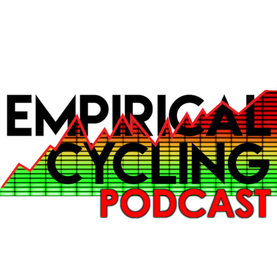
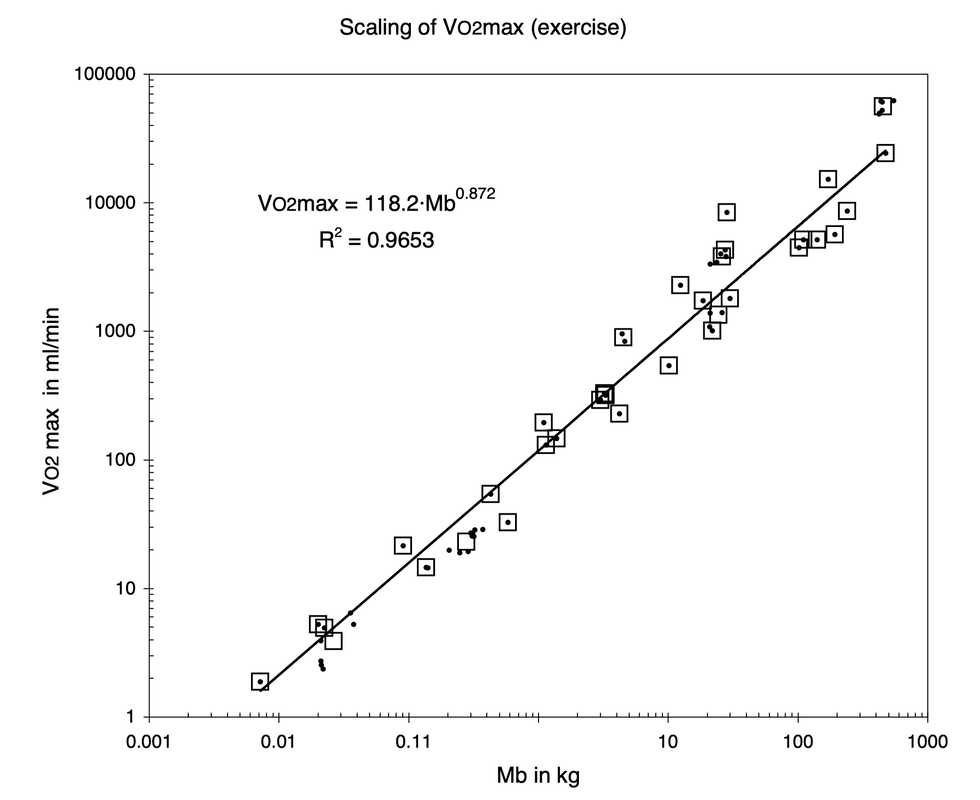
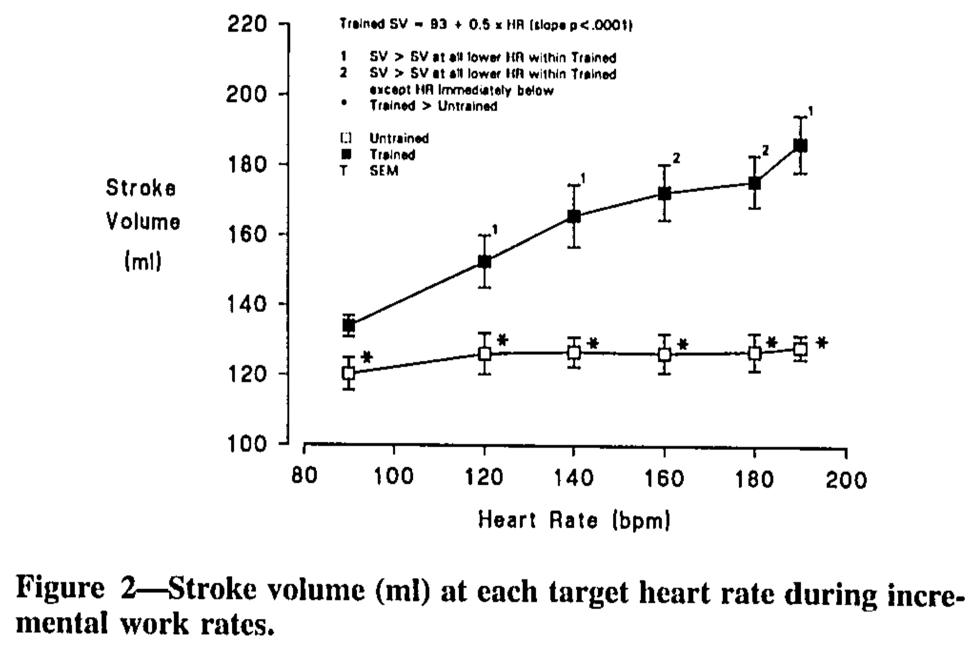
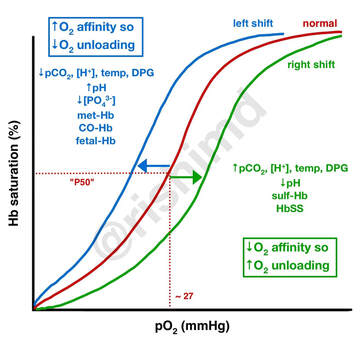
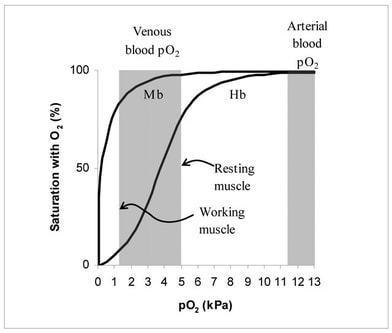
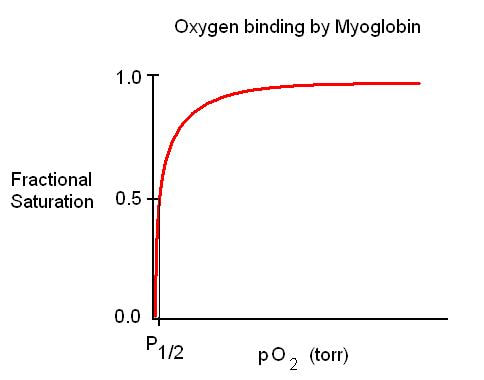


 RSS Feed
RSS Feed